Hi! Thanks for your question. Fuoco here to answer your question. This is a tricky one to answer without being able to see what you're tying. My first instinct would be to ask you where the suspension line is being attached (closer to the chest will lift the chest more and load the legs in a more secondary way). My second suggestion would be to make sure that your thigh wraps aren't just tight around the thigh but that the stem you create with them is also very taught. Even as you just begin to apply the slightest amount of lift, you should be able to feel down the lines that travel between the gote, ankles, and thighs, and ideally you'll feel that there is an even taughtness where the lines branch between the ankle and the thigh. If the line to the thigh is at all slack, the thighs won't pick up, even if the rope around them is tight.
Shibari Study Support
Berlin, Germany
Replied on Hog Tie | Partial Suspension
Replied on Carabiner Lock-offs
Replied on Misery Tie
Replied on Tying Bigger Bodies | Getting In The Air
Replied on Bottom Lock-Off
Replied on Figure 8 Chest Harness | Tutorial
Replied on Intentional Third Rope | Intro
Replied on Kinoko's TK2 | Tutorial
Replied on Stemless Third Rope | Tasuki


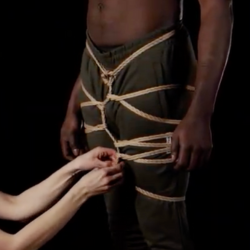



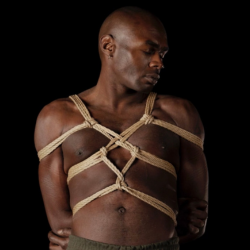

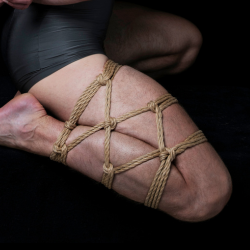
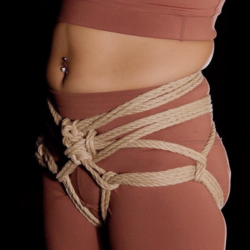



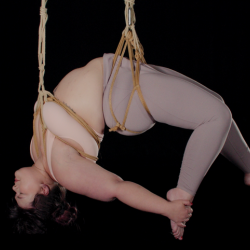
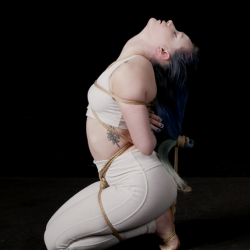
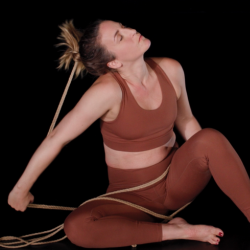

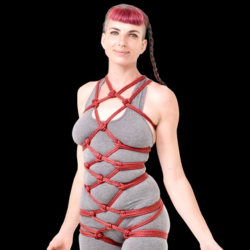



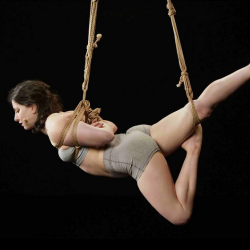
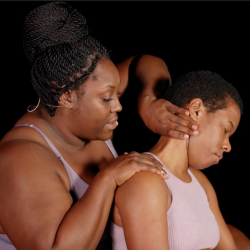



Replied on Hog Tie | Partial Suspension
27 Mar 14:52
Finally, this is a great question to ask our Discord community! You can share pictures there and get lots of troubleshooting opinions. If you're on the Discord already or if you join and post about this, feel free to tag me and I'll take a look at your pictures and offer some more suggestions.